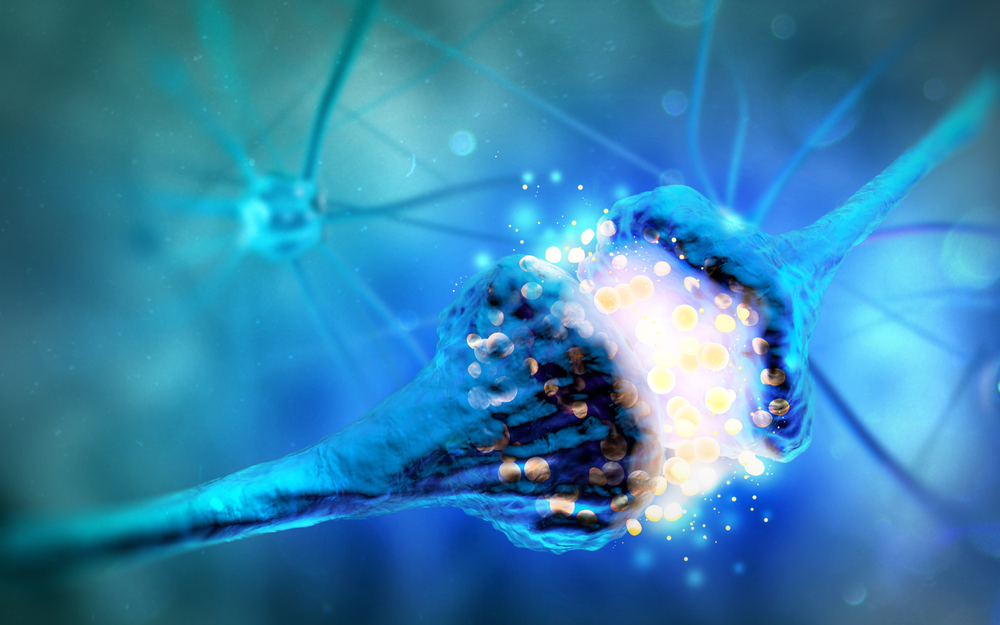Study Suggests Critical Time Window to Treat Rett Syndrome

Using several models of Rett syndrome, scientists have discovered a direct, time-dependent relationship between MeCP2 — the protein altered or with lowered levels in most cases of this disorder — and GABAA receptors, which are important for normal communication between nerve cells.
The findings suggest that treating Rett patients before they develop symptoms may be key to developing successful therapies.
The study, “Comprehensive Analysis of GABAA-A1R Developmental Alterations in Rett Syndrome: Setting the Focus for Therapeutic Targets in the Time Frame of the Disease,” was published in the International Journal of Molecular Sciences.
Rett syndrome is caused by mutations in the MECP2 gene, which provides instructions to make a protein called MeCP2. This protein is responsible for maintaining synapses (the sites where nerve cells communicate) and controlling the activity of other genes.
The disorder has been associated with altered levels of certain neurotransmitters (molecules that allow communication between nerve cells) and their receptors, particularly gamma-aminobutyric acid (GABA).
GABA is the main inhibitory neurotransmitter in the brain and is responsible for preventing excessive neuronal activity. GABAA receptors, found on the surface of nerve cells, are one of the receptor types specific for GABA.
A balance between excitatory and inhibitory neural signals is needed for proper communication between nerve cells in the brain. In the case of Rett, it is thought that a disturbance in inhibitory signals mediated by GABA — known as GABAergic neurotransmission — leads to an imbalance of excitatory/inhibitory signals in the brain.
Several studies have shown that restoring GABAergic neurotransmission in mouse models eases some of the characteristic Rett symptoms, indicating that this pathway plays an important role in the disorder and suggesting a potential treatment approach, the researchers said.
To investigate the relationship between MeCP2 and GABAA receptors in more detail, Spanish researchers measured the levels of MeCP2 and the alpha 1 subunit of GABAA (GABAA-A1) in cellular and animal models of Rett at different stages of the disease, as well as in post-mortem brain samples from people with Rett.
GABAA-A1 is the most common subunit of GABAA receptors and alterations in its levels have been previously reported in models of Rett.
First, the researchers conducted experiments in two types of cells from mice. Different genetic approaches were used to either block or boost the production of MeCP2.
Results revealed that higher levels of MeCP2 were associated with greater amounts of GABAA-A1 in these cells. No correlation was seen with KCC2, another important protein in maintaining the balance between excitatory/inhibitory signals in the brain.
When they measured KCC2 and GABAA-A1 in the brain of mice engineered to mimic symptoms of Rett, the investigators found that the levels of both proteins were lower than normal during an early, pre-symptomatic stage of the disease. However, when they repeated the analyses at later stages, they found highly variable levels of the two proteins.
Finally, when investigators measured RNA levels of GABAA-A1 and KCC2 in brain samples from two Rett patients, they found that both were slightly increased compared to samples from five healthy individuals. Of note, RNA is produced from DNA and serves as template for the production of a protein.
“[O]ur results show a direct relationship between MeCP2 and GABA [receptors],” the researchers wrote. “More important than this, our work points attention towards the importance of the time frame when addressing Rett syndrome, as changes appear to be time-dependent, with greater importance in the pre-symptomatic stages.”
“While our results suggest that GABA-A1 R can be a potential therapeutic target, the time window of intervention is, according to our findings, critical,” they added.






